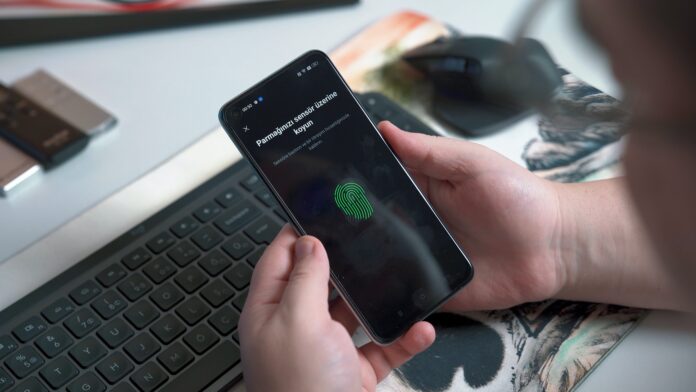Mobile access control is a modern technology that allows users to control access to physical and digital assets using mobile devices, such as smartphones and tablets. It has quickly become an essential component of the modern world, providing increased security, convenience, and flexibility to users in a variety of settings.
This article aims to provide a comprehensive understanding of What is mobile access control. It involves various critical components that work in unison to provide access control, such as mobile devices, authentication methods, access control software, and access control systems. The software serves as an interface to manage access control and can be accessed through mobile devices. Authentication methods like biometrics, PINs, or other means are used to verify the user’s identity. Furthermore, access control systems such as locks or gates provide control over access to both physical and digital assets.
One of the most significant advantages of mobile access control is its increased security. The use of mobile devices allows for the use of advanced authentication methods, such as biometrics, to confirm the identity of the user. Biometric authentication methods use unique biological characteristics, such as fingerprints or facial recognition, to confirm the user’s identity. This makes mobile access control more secure than traditional access control methods, which often rely on physical keys, cards, or tokens.
Another advantage of mobile access control is its convenience and flexibility. With mobile access control, users can access the system from anywhere, at any time. This eliminates the need for physical keys, cards, or tokens, which can be lost or stolen. Additionally, mobile access control is more cost-effective, as it eliminates the need for traditional physical keys, cards, or tokens. Finally, mobile access control provides a better user experience, as users can easily manage access to assets using their mobile devices.
Mobile access control has many applications, including physical security, logical security, and transportation. In physical security, mobile access control can be used to control access to buildings, facilities, and other physical assets. In logical security, mobile access control can be used to secure IT systems, networks, and other digital assets. In transportation, mobile access control can be used in public transit systems, car sharing services, and other forms of transportation to manage access to vehicles and other assets.
While mobile access control offers many benefits, there are also some challenges and considerations that need to be addressed. Security and privacy concerns are critical, and companies need to ensure that their mobile access control systems are secure and compliant with relevant regulations. Additionally, compatibility issues with existing systems and the need for user adoption and training can make the implementation of mobile access control systems complex. Integration with other systems and technologies, such as IoT devices, can also be a challenge that needs to be addressed.
The future of mobile access control looks promising, with continued advancements in biometrics and authentication methods, and the integration with IoT devices. Advancements in biometrics and authentication methods will continue to improve security and make authentication more convenient for users. Integration with IoT devices will enable mobile access control to become more ubiquitous, with the ability to control access to everything from smart homes to connected cars.
In conclusion, mobile access control is a modern technology that provides increased security, convenience, and flexibility to users in a variety of settings. Its applications in physical security, logical security, and transportation make it an essential component of the modern world. While there are some challenges and considerations that need to be addressed, the future of mobile access control looks promising, with continued advancements in biometrics and authentication methods and the integration with IoT devices. Mobile access control is an important technology that businesses and organizations should consider implementing to improve security and convenience.

